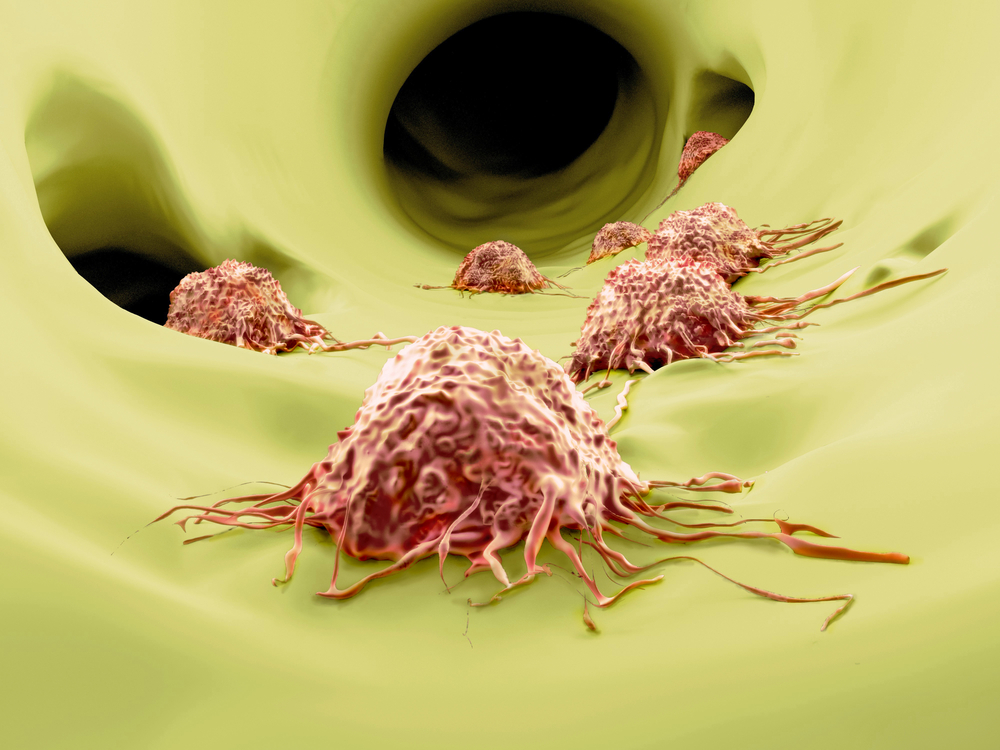In a new study entitled “Extracorporeal Photo-Immunotherapy for Circulating Tumor Cells” a team of researchers tested whether they could eliminate circulating tumor cells (key agents in promoting cancer metastasis) from the blood using an extracorporeal filtration device that delivers photodynamic therapy, selectively targeting tumor cells (by tumor-specific antibody binding). The study was published in the open-access journal Plos One.
Cancer metastasis is the major driven event of cancer mortality, responsible for 90% of all cancer deaths. Cancer cells are capable, at a certain stage, to reach the lymphatic and/or circulatory system, through which they migrate and colonize other organs. These cells – circulating tumor cells (CTCs) – are considered key players in cancer metastasis.
In this study, a team of researchers hypothesized that if they could remove CTCs from the blood stream they would reduce tumor aggressiveness along with the formation of metastasis. In fact, some reports suggest that using a filtration strategy to purify blood, such as hemodialysis, may reduce cancer metastasis and consequently the death rate of cancer patients. This is thought to occur when both CTCs and other oncogenic factors (for example, tumor growth factors) are removed from patients’ bloodstream.
Extracorporeal filtration devices were previously used to remove tumor cells during tumor surgeries, lowering the risk of cancer dissemination throughout the body. Researchers used this type of device to test whether it could reduce metastasis post surgery. Extracorporeal photodynamic therapy (PDT, or photoimmunotherapy) was combined with antibody targeting to eliminate circulating tumor cells from the blood, by filtering patient’s blood through an extracorporeal tube and applying photodynamic therapy (PDT). The team used a photosensitizer selectively targeted against CTCs and flowed patients’ blood through a thin transparent medical tube which was then submitted to PDT (consisting of light of 660 nm wavelength generated by an LED array). Exposing blood to PDT for only two minutes resulted in a significant increase in CTCs elimination.
The authors suggest their new extracorporeal methodology of PDT is a potential effective treatment strategy for hematological CTCs.


